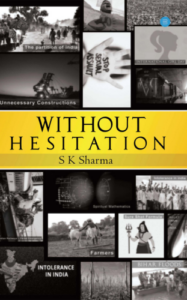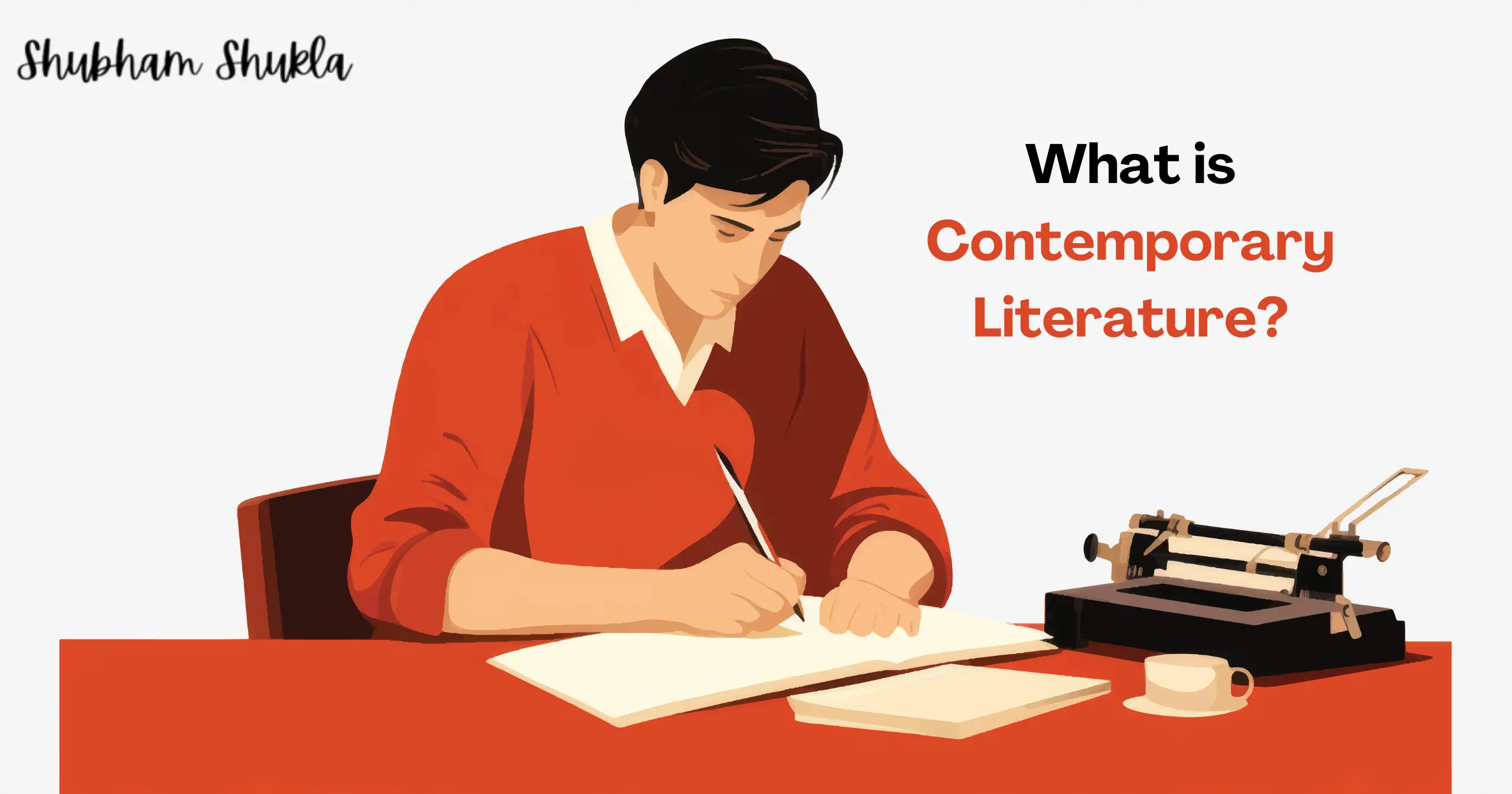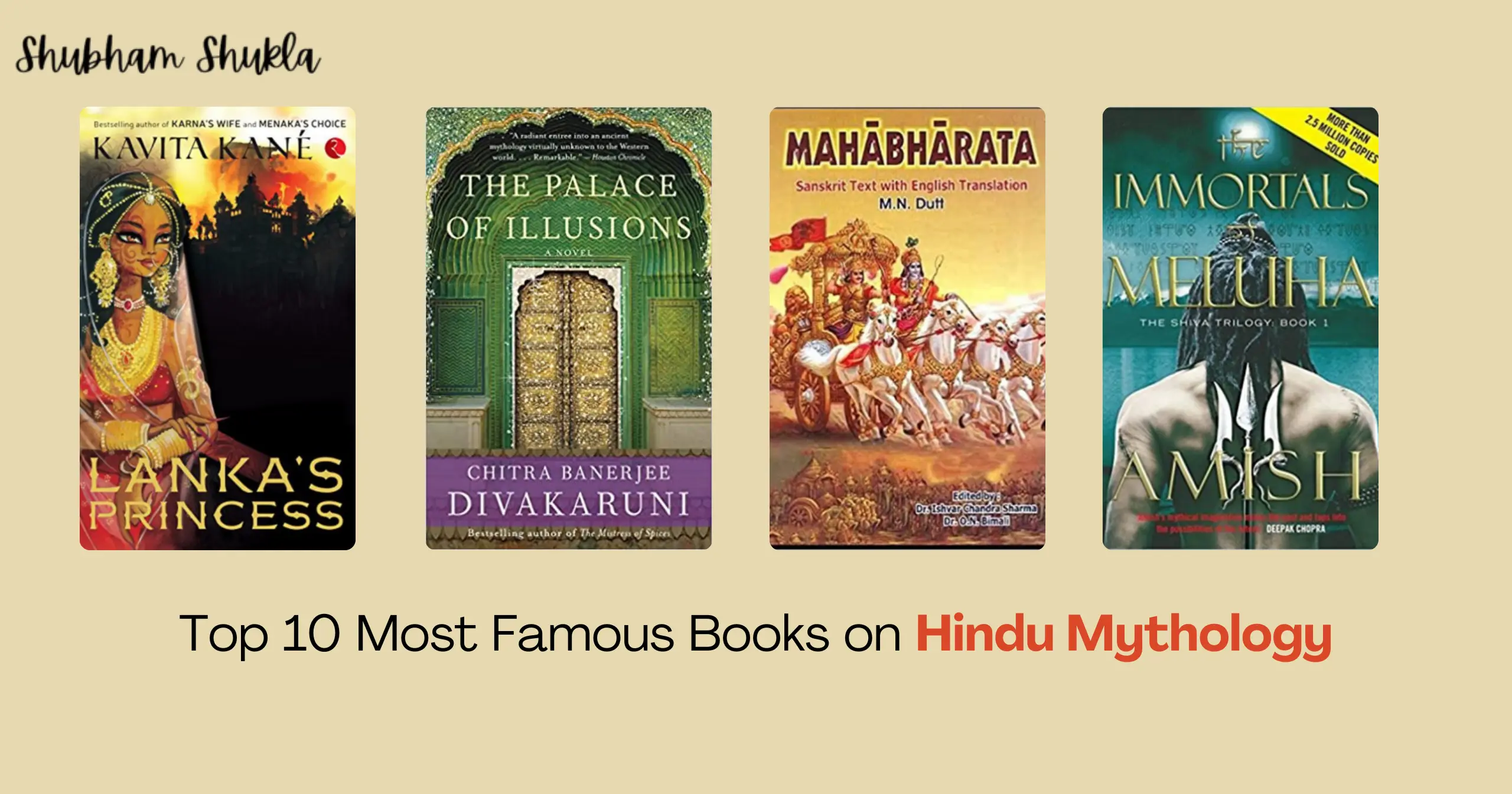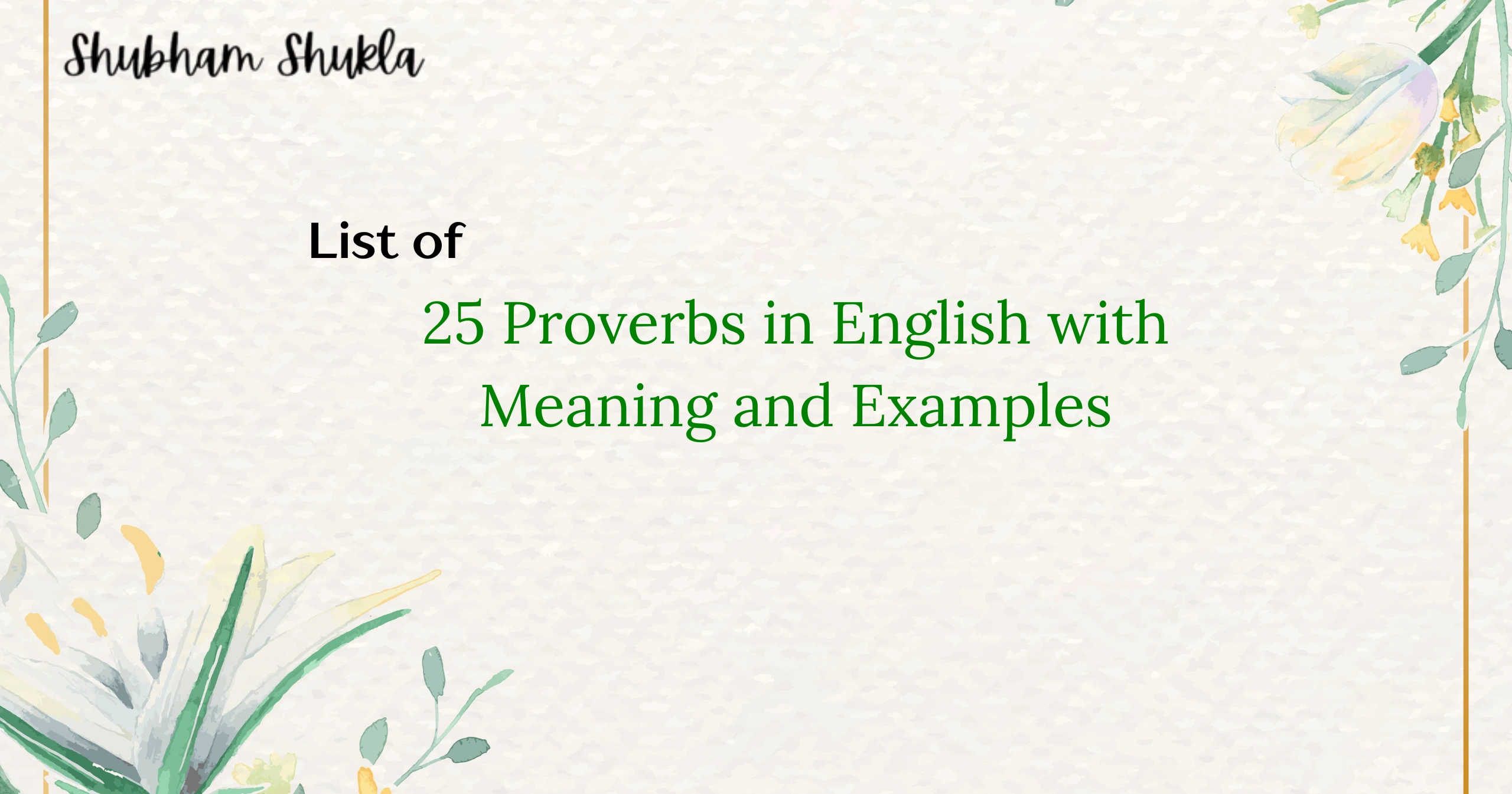What is contemporary literature?
Contemporary literature is the written word that is now in circulation. It captures the essence of the modern world, with all of its ambiguities, inconsistencies, and complexity. It includes everything from novels to poems, short stories to essays, spanning a broad spectrum of genres.
The problems and concerns that are pertinent to modern society are reflected in contemporary literature. It looks at issues including politics, technology, gender, racism, and identity. It frequently tests accepted standards and ideals, stretching the bounds of what is and is not acceptable. It challenges readers to examine their preconceptions and prejudices as well as face the harsh realities of our reality.
Not only does contemporary writing reflect our times, but it also helps us comprehend them. It enables us to see the world in fresh and novel ways and to make sense of its complexity. It fosters empathy and understanding by giving us a window into the lives, cultures, and experiences of others.
To put it briefly, modern literature plays a crucial role in shaping our cultural environment. It encourages us to think creatively about the future and aids in our understanding of the world and ourselves.
Types of contemporary literature
Contemporary literature is a broad phrase that refers to a variety of literary genres and writing styles. Here are some examples of contemporary literature:
Literary Fiction: This genre of contemporary writing focusses on character development and delves into complex themes and issues.
Fantasy and Science Fiction: Contemporary literature in this genre frequently features futuristic technology, magic, or supernatural creatures and takes place in made-up planets or parallel realities.
Young Adult Fiction: Teenagers are the intended audience for young adult literature, which addresses issues like coming of age, relationships, and identity that are pertinent to this age group.
Mystery and Thriller: These contemporary literature genres usually have a murder or mystery that the protagonist must solve, frequently with thrilling plot turns and high stakes.
Memoirs and Autobiographies: These works of contemporary literature are based on the personal experiences of the authors and offer insights into their viewpoint and life narrative.
Romance: Romance novels frequently have pleasant endings and are centred around love and relationships.
Poetry: Contemporary poetry includes a wide range of topics and genres, from free verse to classic forms, and frequently addresses emotions and human experience in a succinct and expressive manner.
Comic books and graphic novels: These works of contemporary literature employ a combination of words and drawings to create a tale, frequently addressing complicated themes and societal issues in a visually appealing manner.
Famous book writers of contemporary literature
Lorem ipsum dolor sit amet, consectetur adipiscing elit. Ut elit tellus, luctus nec ullamcorper mattis, pulvinar dapibus leo.
Without Hesitation by S K Sharma
A slew of difficulties in Bharatvarsha (India) require exact answers in the midst of a complex situation. The pursuit of truth and service to society, on the other hand, is impeded by visible and unseen figures who wield authority. Biases and self-interest restrict growth even further.
These issues are caused by a large number of people who have an impact on the country’s fate, rather than a select few. Politicians, bureaucrats, and corporations possess enormous power, while unseen individuals work behind the scenes, masking their objectives in secrecy. To discover these self-interests, an unbiased approach free of preconceived notions is essential.
Developing answers requires surgical precision as well as a grasp of the interplay of power, society, and personal motivations. It is vital to uncover the false practices concealed beneath the guise of nationalism. Transparency, accountability, and a knowledgeable population are critical.

S K Sharma, renowned writer of contemporary literature, wrote Without Hesitation.
J.K. Rowling’s Harry Potter series
Because of its popularity among contemporary readers and its relevance to the times, J.K. Rowling’s Harry Potter series is regarded as contemporary literature. The show has grown to be a huge cultural phenomenon with a devoted fan base that includes individuals of all ages, making it an important component of modern pop culture.
Readers of all ages may relate to the series’ relevant themes and characters, which is one of the reasons it has grown so famous. Complex themes that are still important today are explored throughout the series, including identity, friendship, love, loss, and the conflict between good and evil.
In addition, the series serves as an illustration of how interesting and captivating modern writing can be while addressing social themes like prejudice and discrimination. The show emphasises the value of acceptance and tolerance by highlighting the hardships of characters like Hagrid, who is stigmatised for being half-giant, and Hermione, who experiences discrimination because of her Muggle birth status.

J.K. Rowling’s Harry Potter series, Famous Author of Contemporary Literature.
Haruki Murakami – Norwegian Wood, Kafka on the Shore
Japanese writer Haruki Murakami is well-known throughout the world for his modern fiction. The way he combines elements of the strange with everyday events is what distinguishes his novels. His work is distinct and reflective, frequently delving into themes of love, loss, and alienation.
Murakami’s novel “Norwegian Wood” delves at the trials of young adulthood and the difficulties of discovering oneself in an ever-changing society. Toru Watanabe is the protagonist of the novel, who must traverse the intricacies of relationships, loss, and self-discovery. Murakami’s writing is deep and insightful, delving into his characters’ psychological and emotional landscapes.
Murakami takes viewers on a bizarre trip into his characters’ heads in “Kafka on the Shore.” The narrative centres on the travels of two characters: Nakata, an elderly man with a peculiar talent for communicating with cats, and Kafka Tamura, a young kid on a mission to learn the truth about his history. Identity, fate, and the nature of reality are among the issues that are explored in the book. Murakami’s rich imagination and deft storytelling create an engaging and thought-provoking world.

Contemporary literature, Haruki Murakami is the author of Norwegian Wood and Kafka on the Shore.
Stephen King – The Shining, IT, The Stand
Stephen King is a well-known writer of current literature, and some of his books, like “The Shining,” “IT,” and “The Stand,” have become classics among readers today. King’s work is distinguished by his exceptional ability to masterfully combine supernatural, horror, and suspenseful themes into an engrossing story.
One thing that makes Stephen King’s books modern literature is the way he tells stories. He uses modern settings and ideas that are relevant to modern readers. His books frequently examine difficult psychological and emotional topics for readers as well as contemporary concerns like the effects of technology and the perils of political radicalism.
Furthermore, readers are transported into a world that is both familiar and terrifying by King’s deep character development and vivid world-building. His novels are relevant to contemporary readers looking for deep literary experiences because they are not only enjoyable but also thought-provoking.

Stephen King is a well-known contemporary author of books including The Shining, IT, and The Stand.
Margaret Atwood – The Handmaid’s Tale, Alias Grace
The Handmaid’s Tale and Alias Grace are two of Margaret Atwood’s novels that are regarded as current literature because of their significance to contemporary culture and the subjects they tackle. Themes including gender, politics, power relations, and the social impact of technology are frequently explored in Atwood’s writings.
For instance, the dystopian book “The Handmaid’s Tale” explores how women are oppressed in a patriarchal society. In Atwood’s society, women are deprived of their rights and compelled to serve males as housekeepers and child bearers. The novel emphasises the value of individual freedom and the perils of totalitarianism.
Analogously, “Alias Grace” explores the life of a woman charged with murder in 19th-century Canada, delving into questions of gender and power within a historical framework. The limitations and societal restrictions that women had to deal with in the past are discussed in Atwood’s book, along with their struggles to make their voices heard in a culture that was controlled by men.
Modern readers attempting to comprehend and face the issues of our day might find value in Margaret Atwood’s thought-provoking examination of the human experience and its intricacies in her current writing.

Margaret Atwood is a well-known contemporary author of The Handmaid’s Tale and Alias Grace.
What is modern literature?
Literary works created in the late 19th and early 20th centuries, mostly in Europe and North America, are referred to as modern literature. Significant cultural and social changes during this time led to the emergence of new artistic movements and the experimenting with literary themes and techniques.
The individual, the examination of the inner self, and the portrayal of nuanced psychological states are characteristics of modern literature. Many contemporary authors were eager to experiment with novel narrative strategies, like various perspectives and stream of consciousness, in order to break away from conventional storytelling methods.
Furthermore, contemporary literature captures the shifting values and attitudes of the society at the time. Many writers included social and political themes, such class and gender injustice, into their works because they were interested in these topics. New genres emerged as a result, including the social problem book and the modernist novel.
Its concentration on the inner self and personal experiences, along with its experimental and inventive nature and involvement with contemporary social and political issues, define it. It cleared the path for today’s writing, which keeps pushing the envelope and investigating novel storytelling techniques.
Examples of modern literature
- “The Great Gatsby” by F. Scott Fitzgerald
First of all, the book was released in 1925, which is regarded in literary history as the modern age. As “The Great Gatsby” makes clear, it was a period when authors were experimenting with novel storytelling devices and cutting-edge subjects.
Second, the book depicts America’s shifting social and cultural environment in the early 20th century. It captures the excesses and depravity of the Roaring Twenties, a period of tremendous social and economic change.
Thirdly, the novel’s fragmented narrative structure and use of metaphor and symbolism to express its subjects are characteristics of a modernist writing style. Modernist literary devices are also evident in Fitzgerald’s use of first-person narration by the protagonist Nick Carraway, who both participates in and observes the story’s events.Ultimately, “The Great Gatsby” delves into ageless themes such as power, riches, love, and the American Dream. It is a classic of contemporary writing because it appeals to readers of all ages. - “The Road” by Cormac McCarthy Cormac McCarthy’s “The Road” is considered modern literature due to its distinct narrative style, ideas, and subject matter.
First of all, the work uses a non-traditional and experimental narrative style with scant punctuation and broken words. This method highlights how desolate and lifeless the post-apocalyptic world the characters live in is. The characters’ emotional emotions are also reflected in the style, as they fight to survive in a shattered world. - “Invisible Man” by Ralph Ellison Ralph Ellison’s “Invisible Man” is a modern literature novel for various reasons. First, it was published in 1952, which corresponds to the time period of modern literature. Second, the novel addresses problems that were very timely during the modernist era, such as race relations and the concept of individual identity.
In addition, the novel’s structure and language are typical of contemporary literature. The narrative of the book is fractured and bounces between several periods in time, using a nonlinear writing style. This is indicative of the modernist movement’s propensity to defy conventional narrative norms and play around with form and structure.
You might also read: List of 10 Best Book Libraries in Bangalore for Book Lovers
Modern vs. contemporary literature
The phrases “modern” and “contemporary” are sometimes used interchangeably when discussing literature, but they truly mean different things.
The phrases “modern literature” and “contemporary literature” denote two distinct literary genres that are commonly used interchangeably. Significant differences exist in terms of historical period, subjects, and writing style.
Modern literature refers to works published between the late nineteenth and mid-twentieth centuries. This period included the modernist movement, which was defined by a rejection of traditional frameworks and a focus on subjectivity, individualism, and literary experimentation. Modernist literature, which typically investigated the inner workings of the human brain, reflected contemporary social, cultural, and political trends.
In contrast, contemporary literature refers to works of literature written in the current or recent past. Contemporary literature is frequently distinguished by its emphasis on current social, cultural, and political topics, as well as a varied spectrum of voices and perspectives. It covers a wide range of genres and styles, from literary fiction to popular fiction, and frequently addresses problems such as globalisation, technology, identity, and diversity.
Modern and contemporary literature varies not just in terms of historical period and themes, but also in writing styles. Modern literature is frequently distinguished by a more formal and experimental literary style, emphasising techniques such as stream-of-consciousness storytelling and narrative and character fragmentation. In contrast, modern literature is more approachable and relatable, with an emphasis on character development and storytelling.
Trends in Literature
New concepts and patterns appear frequently in the dynamic and ever-evolving area of contemporary literature. Here are some recent developments in modern literature.
Realism: A 19th-century literary movement, realism aimed to portray ordinary life and experiences in an authentic and realistic manner. Realist writers frequently employed in-depth dialogue and descriptions to give their books an authentic feel.
Modernism: This early 20th-century literary movement was distinguished by its experiments with form and style. Stream-of-consciousness narrative, fragmentation, and other avant-garde literary devices were frequently employed by modernist authors to portray the characters’ subjective experiences.
Postmodernism: A literary movement that began in the middle of the 20th century, postmodernism was characterised by an emphasis on themes of intertextuality, fragmentation, and deconstruction rather than conventional narrative frameworks. Irony, satire, and self-referentiality were common devices used by postmodernist authors to subvert the reader’s preconceptions.
Magical realism: Magical realism is a literary movement that originated in Latin America in the middle of the 20th century. It combines fanciful and realistic aspects to produce a surreal or dreamlike environment. Writers of magical realism frequently use legendary or magical themes to make observations on contemporary issues.
Social justice literature: Social justice literature is a modern literary movement that emphasises equity, human rights, and social justice. Social justice literature can be used to spread activism, spark social change, or increase awareness of issues like poverty, racism, sexism, and homophobia.
Current literary trends New themes and trends appear frequently in the dynamic and ever-evolving area of contemporary literature. The following are some recent developments in modern literature:
- Diversity and Inclusion: The emphasis on diversity and inclusion is one of the most important trends in modern literature. In an effort to challenge established literary conventions and emphasise the experiences of under-represented groups, many modern authors are actively attempting to include diverse characters and perspectives in their works. Tommy Orange’s “There There” and Angie Thomas’ “The Hate U Give” are two potent instances of modern writing that delves into the lives of underprivileged communities.
- Environmentalism: As the world faces increasing environmental challenges, many contemporary authors are exploring the relationship between humans and the natural world. From Margaret Atwood’s “MaddAddam” trilogy to Jeff Vandermeer’s “Annihilation,” contemporary literature is filled with stories that imagine the consequences of environmental disaster and humanity’s potential for environmental stewardship.
- Social Commentary: Many modern writers explore today’s hot-button subjects and want readers to reflect on how they personally contribute to the formation of society through their writing. For instance, “The Underground Railroad” by Colson Whitehead examines the lingering effects of slavery in America through the narrative of a fugitive slave.
- Genre-Binding: Finally, one literary trend that is gaining popularity in today’s literature is genre-bending. Authors are experimenting with the conventions of genre classification, fusing aspects of other genres to produce whole original storytelling styles. Marlon James’ “Black Leopard, Red Wolf,” which blends parts of African mythology with traditional fantasy storytelling, is a fantastic example of this.
Some examples of trends in contemporary literature: There are several trends in contemporary literature that have emerged in recent years. Some examples include:
- Diversity and representation: A growing emphasis in modern literature has been placed on the varied ways in which characters are portrayed, reflecting the wide range of reader experiences and backgrounds. Stories having characters from under-represented groups, like LGBTQ+ characters, characters of colour, and characters with impairments, fall under this category.
- Environmental Themes: Modern literature has started to tackle environmental and climate change concerns as awareness of these issues has grown. Numerous contemporary novels examine how humans affect nature and the possible repercussions of doing nothing.
- Magical Realism: Imaginative and realistic elements are combined in the genre of magical realism, which has gained popularity in modern writing. The distinction between fantasy and reality is frequently blurred in this type of literature by the inclusion of surreal or dreamlike elements in a realistic environment.
- Genre blending: In order to create original and unusual stories, contemporary literature frequently blurs the boundaries between many genres. For instance, a novel may incorporate mystery, romance, and science fiction components to create a narrative that defies classification.
- Memoirs and personal essays: In modern literature, nonfiction has grown in popularity, and these works frequently reach the top of bestseller lists. These tales provide readers with a window into people’s lives and experiences, frequently focussing on issues of relationships, family, and identity.
Modern literature is always developing and adapting to the world that is changing all around us. These are only a few instances of the creative and varied stories that are being told in the modern era.



